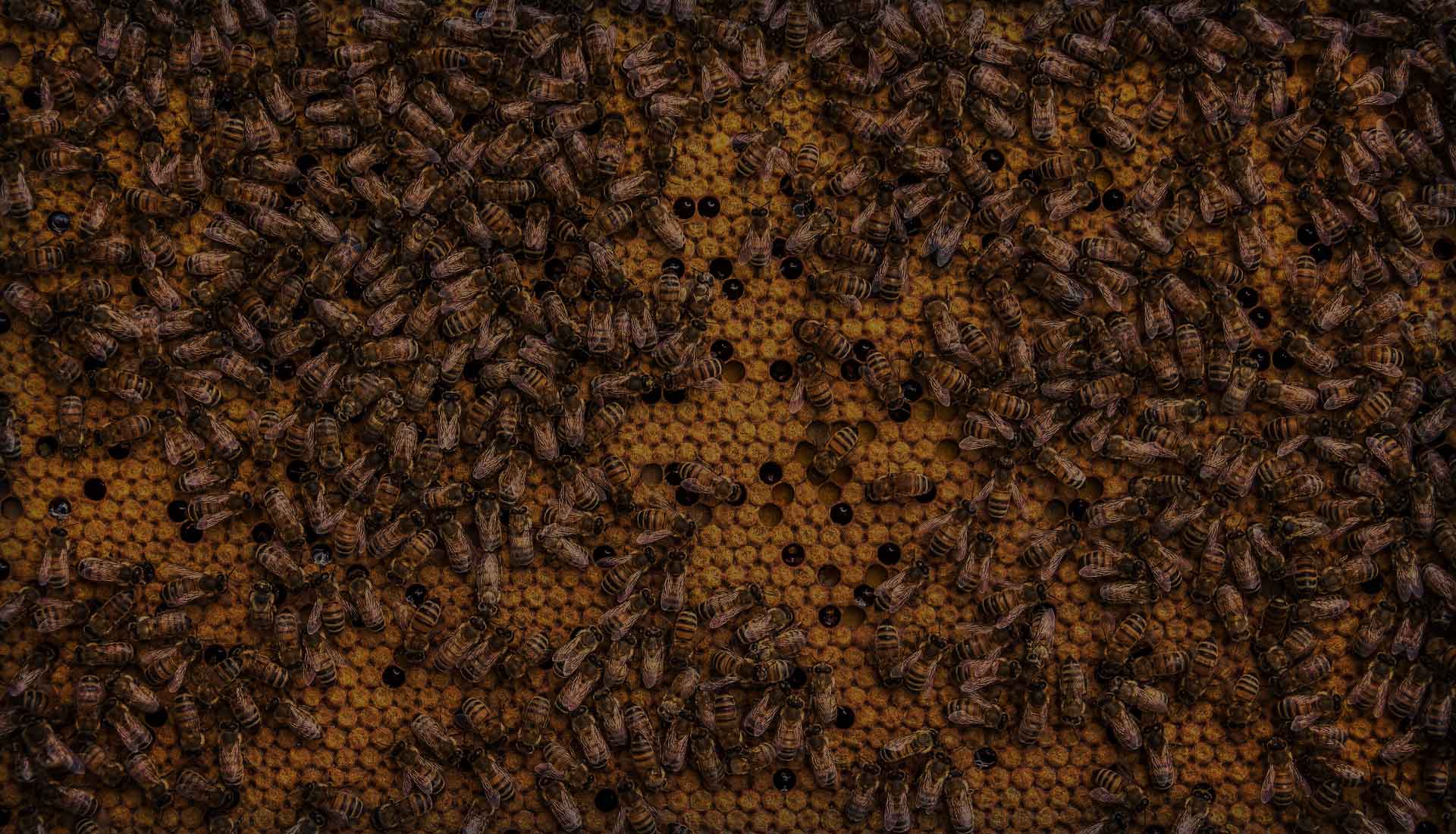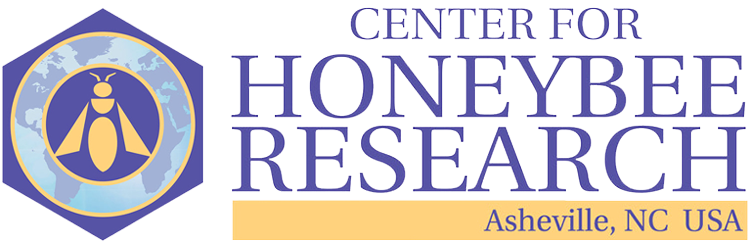

Data Sharing | Hive Monitoring
In the day of smartphones and artificial intelligence it is no surprise that network technology is being applied to honeybee monitoring and investigation. What could be more important when industrialized and pollinator-dependent nations are experiencing colony mortality exceeding any in written history? Today’s technologies enable the detection and analysis of phenomena previously hidden from beekeepers.
So what are we monitoring, and what will be possible in the near future?
How is this priceless information being collected and analyzed? Following are what the Center and HiveTool™ currently make available in a networked Hive Monitoring Kit and what we envision for the near future:
Weight
We digitally measure all networked colony weights to tenths of a pound, delivered online every five minutes, displayed graphically in real time. This provides us with a visual map of colony change. Beekeepers can recognize weight drop each morning as foragers leave and during afternoon orientation flights. A steady loss of weight throughout the night is evidence of evaporation while bees fan and dry fresh nectar. Comparison over time identifies the net gain or loss in the colony’s cycle, easily pinpointing flows and dearths. A sudden drop of 3-8 lbs likely indicates a daytime swarming event. Year-to-year comparisons of nectar flows among many hives provide indirect information on bloom times–in fact these have been used by NASA in the examination of climate change. The scale remains under the hive year-round and requires no onsite manipulation.


Temperature and Humidity
Honeybees keep their brood at 92 – 95 ℉, and the interior cluster never drops below 82 ℉, even in a broodless cycle. In winter, our sensor can indicate the day a queen resumes egg-laying. Humidity varies greatly depending on barometric conditions, but bees like 45-55% humidity within the brood nest. Humidity, temperature and abrupt weight changes provide and unmistakable graphical signature during a swarm.
Lumens
Our light sensor provides moment-to-moment relative intensity of daylight including dawn and dusk. Hivetool’ss light sensor can determine whether a day is bright or cloudy, and measure the changing lengths of days from season to season.
Rain Gauge
Hivetool’s built-in rain gauge provides moment-to-moment measurement of the exact rain fall at your hive which can be correlated with the weight increase measured by the scale.
Video Camera
You can stream video from the hive, day or night, directly to your phone or computer for confirmation of conditions. Because honeybees sometimes undertake nighttime flights, infrared cameras can be set up to monitor this activity.
What’s in the future for Hivetool?
Bee-Counter
There are various “vector tracking” programs which can be adapted to track bees as they enter and leave colonies. A restricted access can be made such that all bees must pass under a glass plate. Bees walking are slow enough to be tracked at 30 frames per second and if the plate height limits passage to a single layer, it is possible to count the total number of bees and establish a net gain or loss within any selected period of time. With refinement the program should be able to distinguish between worker and drone. We have seen a Queen leave a colony. Visual keys could be embedded to automatically begin video recording in conditions such as a swarm. This addition would provide live video of a swarm with a time and date stamp, as well as a text notification on your phone in real time.
In-Hive Microphone
With this addition you can monitor the life of the hive and particular activities within the hive based on their aural signature.
Accelerometers
Tiny motion detectors can detect the kinetically-generated communication of various bee dances. An alpha worker bee vibrates her wing muscles in addition to physical gyrations we can barely see.
The Near Future
As the Internet of Things progresses we expect to move into the age of wireless sensors. Low Energy Bluetooth solutions will soon revolutionize how we stream data to the Cloud. At HiveTool™ we are already customizing our next generation software to run a revolutionary integration board capable of doing everything without the necessity for a companion processor such as a Raspberry Pi.
We encourage you to join us in this pioneering effort. We welcome any contribution or skill you may offer. We hope to develop a dynamic searchable database open to the general public. Our public data is currently limited by our lack of expertise in this area.
Support the collection and public dissemination of our International hive data–donate to Center for Honeybee Research today.


